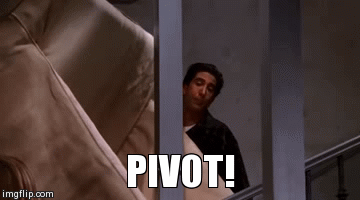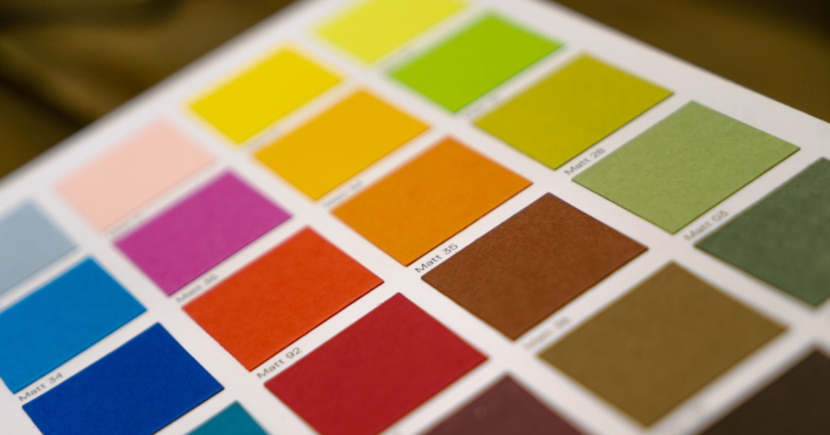How to Manage Your Board Game Kickstarter Community
A couple of months ago, I asked the readers of this blog to send in answers to the question “what confuses you most about board game development?” I got a lot of responses, and one of them was about how to manage a Kickstarter community. That’s what I’ll be talking about in this post.
Looking for more resources to help you on your board game design journey?
Here you go: no email required!
Like this writing style?
Check out my latest blog on marketing here.
This week, I want to respond to a comment by Wade which can be roughly summarized as, “how do you manage a board game Kickstarter community?”

A lot of Wade’s comment is concerned with making sure that your Kickstarter community does not become overly negative. To me, this is particularly interesting since Wade correctly points out that many online communities can become toxic. As I see it, the best way to combat toxicity in online communities is to set a good example and make sure people are having their needs met.
Kickstarter Community Managers Have Three Responsibilities
Kickstarter communities are loosely-defined concepts. They consist often of the Kickstarter comments themselves as well as the publisher’s social media. Naturally, there is also an offline element too, experienced through play-tests and conventions. I’ll focus on the online community for the purposes of this post, though.
No matter where your Kickstarter is being discussed, though, you have three responsibilities as a Kickstarter creator (or collaborator):
- Incorporate feedback to develop the best product.
- Provide customer support.
- Engage the community and build excitement.
Each responsibility is pretty nuanced, so let’s break them down one by one.
Incorporate feedback to develop the best product
When you create a Kickstarter campaign, backers have the general expectation that you will listen to their feedback and incorporate it into this product. When Kickstarter was relatively new, this was extra true. Nowadays, products on Kickstarter are much closer to completion, so there isn’t as much wiggle room.
Even still, astute backers often have good advice. They might tell you that a certain component finish or material feels better. Perhaps they have a little bit of advice for your art direction.
Not all advice is equal, and some of it is quite bad. Yet all of it should be acknowledged, publicly appreciated, and considered. Even advice you can’t use is a gift. Somebody cared enough about your project to stop their day, talk to you, and try to help you achieve your dreams.
At the same time, don’t overpromise! Don’t launch a campaign until you know what you can and cannot afford to change without compromising your game cost or delivery timeline. Upgrading card stock from 300 gsm to 330 gsm linen is usually reasonable. Adding 50 custom pieces of art is not.
Customer Service Rules
Kickstarter backers often use comments, messages, and social media to request customer service. During the campaign, they may ask about shipping prices, customs, components, and game rules. Answer their inquiries quickly, politely, and accurately.
After a campaign funds, but before it delivers, remember that you’re holding onto other people’s money. Give them regular updates. An update every couple of weeks goes a long way toward assuaging the ever-present fear of being ripped off!
After your campaign starts shipping, you will get a bunch of inquiries. Some people won’t receive their package. Others will get unexpected customs bills. A certain percentage will arrive damaged.
When you receive customer service inquiries of that nature, be polite, be quick, and be generous. I have found that because my money is worth time in consulting, it is often most cost-efficient for me to send replacement copies instead of investigating lost packages. If customers pay unexpected bills, I reimburse them.
Yes, you pay more money upfront by being radically generous. Think long-term, though! In the process, you build a great reputation and are more likely to retain customers. Plus, you don’t waste time that could be spent doing something else, including making money. Sure, someone might be out to screw you out of $50 for an extra copy of a game, but in the grand arc of the campaign, that is an insignificant line item.
Community Manager Rules
I’m obsessed with building online communities. Yet in doing so, I like to make sure that I’m building a community based on goodwill, kindness, generosity, civility, and shared interests. This is not always easy to do on the internet.
In a previous post, I talk about eight simple steps to building online communities. Now I’ll show you what they look like in the context of a Kickstarter campaign.
1. Choose the right gathering place for your community. That would be Kickstarter. Next!
2. Establish a theme and ground rules to ensure positive discussion. Your Kickstarter campaign itself will set the theme and Kickstarter as a platform will set the ground rules. To ensure positive discussion, though, make sure you think twice before you launch. Think of the objections people might have to your campaign and try to get ahead of the curve.
3. Invite about 20 of your friends. Ask your friends and family to leave the first handful of comments. This can set a positive tone which people emulate.
4. Establish norms. Kickstarter moves too quickly for you to establish norms the same way you usually would in an online community. However, I recommend sitting by your computer for the next hour or two – or having your collaborators do this on your behalf. Respond quickly and positively to all comments that come in. Again, this helps set a positive tone.
5. Give people a reason to join. This will be your game. Again, make sure your product is awesome before you launch and this will go a long way toward ensuring you have a friendly community.
6. Push to 1,000 members. This is the threshold where I find that people start talking to one another in online communities. This advice doesn’t apply so well to Kickstarter.
7. Listen to feedback to keep your community healthy. See my previous point about incorporating feedback to make the best product.
8. Don’t overspecialize on one platform. In this context, it means be sure to check websites other than just Kickstarter once you launch!
Final Thoughts
The keys to making sure you have a positive community on Kickstarter are simple. Listen to feedback and be genuinely grateful when you receive it. Don’t make promises you can’t keep. Be open and communicative. Provide great customer service. Follow the basic rules of community building online.
It may seem like a lot to juggle, but I know you can get the hang of it. Simple gestures of kindness coupled with taking decisive meaningful action go a long way on Kickstarter!










